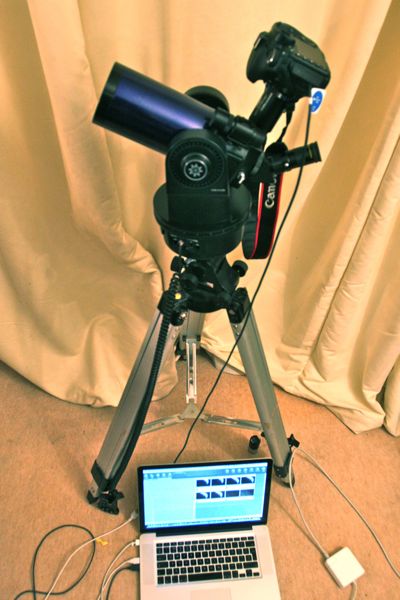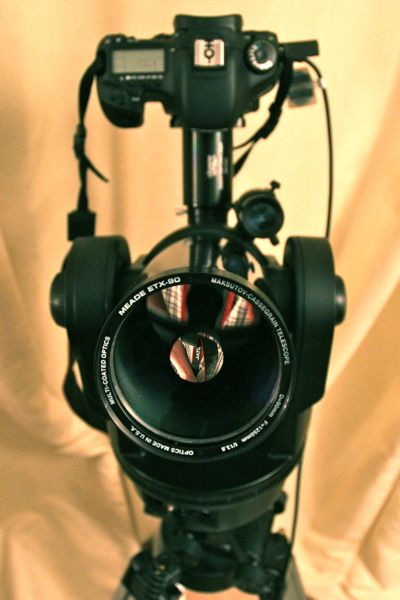It’s a good few years since I took a photograph through a telescope, so I thought I’d share my latest pics.

The moon’s been presenting itself as a nice late evening target in our Westerly outlook this week, so that’s where I’m starting. These two are the best of the bunch from the last couple of nights (click for bigger pictures):
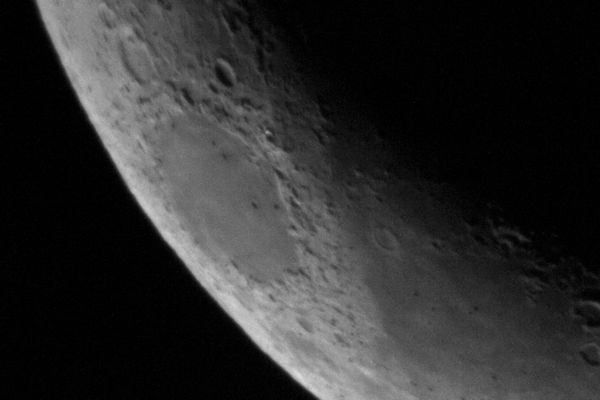
And in this video clip taken by eyepiece projection, there’s quite a bit of detail visible in the Mare Criseum (Sea-of-Crises) at top left:
[quicktime]https://communicatescience.com/zoonomian/wp-content/uploads/2011/04/Moon_astro_7_4_11_eyepieceprojection2.m4v[/quicktime]
This longer clip shows a complete traverse of the moon across the field of view (no tracking):
[quicktime]https://communicatescience.com/zoonomian/wp-content/uploads/2011/04/Moon_astro_7_4_11.m4v[/quicktime]
I’m particularly pleased with how the videos came out, capturing the fleeting moments of still air you need to look out for when observing live by eye.
The rig is built around an ultra-compact Meade ETX-90 telescope, picked up when I moved to London 10 years ago as a more suitable replacement for my 6 inch reflector. All I’ve added is a connecting tube and T-mount to get the camera hitched up.
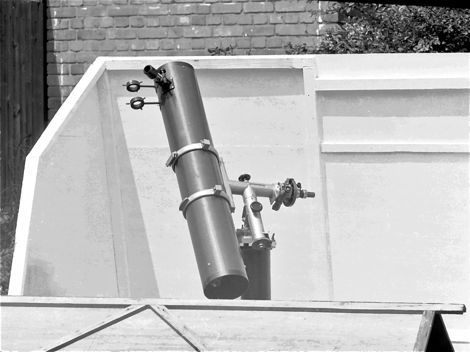
Strictly speaking, you don’t need a telescope for astrophotography. Here’s the Plough (Big Dipper) taken with a tripod-mounted standard lens:

And these shots of an Earthlit Moon and Venus are two of my favourites:
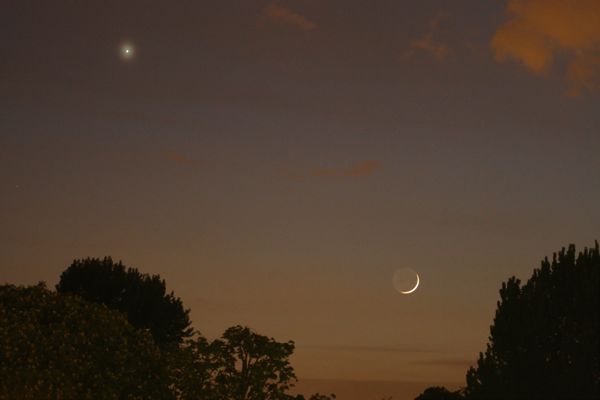
 I’ve also had some luck in the middle ground using telephoto lenses, where the results have been surprisingly good: like these pics of a lunar eclipse, the International Space Station (ISS), and Jupiter with its moons; all taken with a 400mm lens – in the case of the ISS, hand-held:
I’ve also had some luck in the middle ground using telephoto lenses, where the results have been surprisingly good: like these pics of a lunar eclipse, the International Space Station (ISS), and Jupiter with its moons; all taken with a 400mm lens – in the case of the ISS, hand-held:

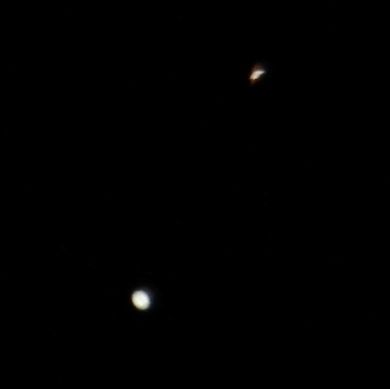
18 megapixels of digital zoom helps resolve the ISS into something other than an unrecognisable blob.
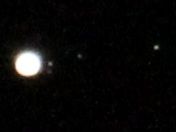


But to resolve surface detail in objects like Jupiter, a true astronomical telescope is called for.
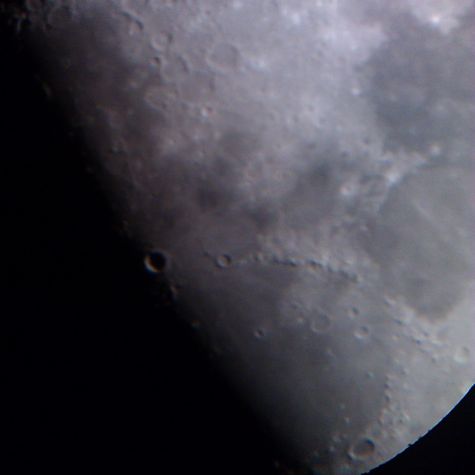
I started by simply holding my smartphone to the eyepiece. Not a disaster, but I lost fine detail and the moon took on a weird pinkish bloom.
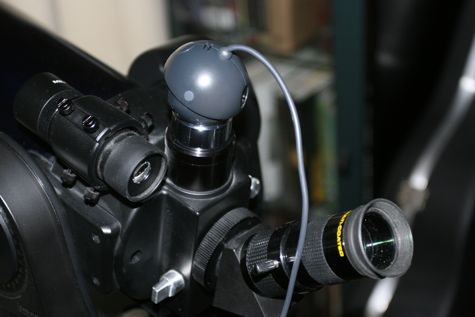

Attaching a digital SLR directly to the telescope gave better results, with the camera’s CCD (Charge Coupled Device) sensor at the prime focus. I also experimented with an old Logitech webcam with the lens removed, but the background noise was too high and the small sensor size made for a very narrow field of view.
The Canon 7D gives a much nicer image, and can be operated totally remotely via the computer. Live images are fed to the laptop screen for easy focus and exposure control.
With the still pictures, I want to get to grips with the various image processing techniques for stacking multiple images.
Of course, none of this competes with the Hubble Space Telescope, but amateur astrophotography for me is more about the satisfaction of seeing what a particular instrument can do, and learning along the way more about the various objects I’m photographing.
After the moon, my next target is Saturn, with the goal of resolving the Cassini division in the rings; and Jupiter, where I’ll be happy if I can resolve the Great Red Spot.
I’m also planning to take some guided wide-field photos of deep sky objects like the Orion Nebula. But that requires dark skys and the telescope’s drives being sufficiently accurate and strong enough to support a ‘piggy-backed’ camera and lens. All for another day.
The immediate issue, as the videos show, is just how bad the ‘seeing’ can be when observing at dusk from a building that’s been baking in the sun all day. I need to find more open skys.
But for now, with the telescope’s motors whirring away on the balcony, I literally am the armchair astrophotographer.
